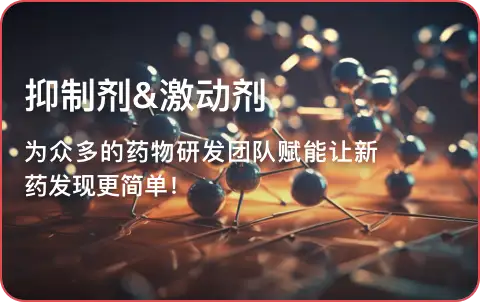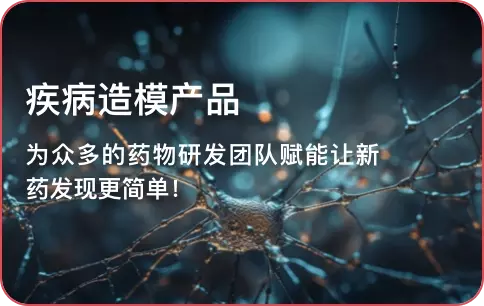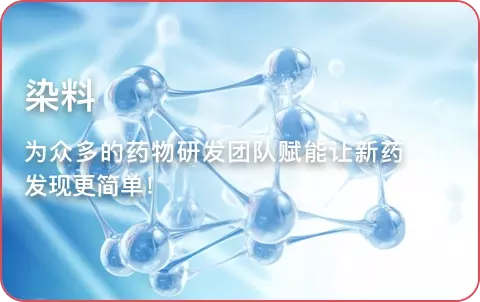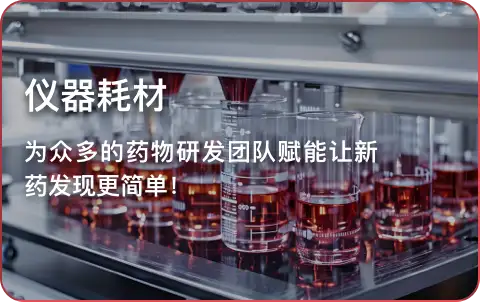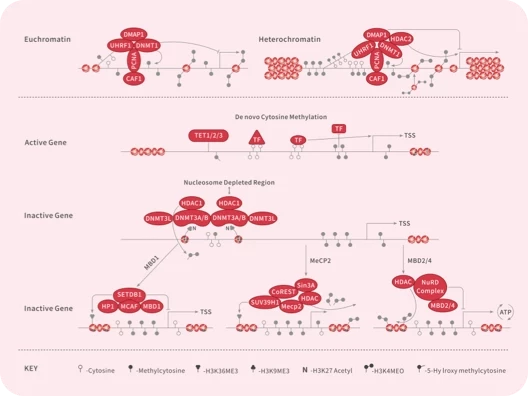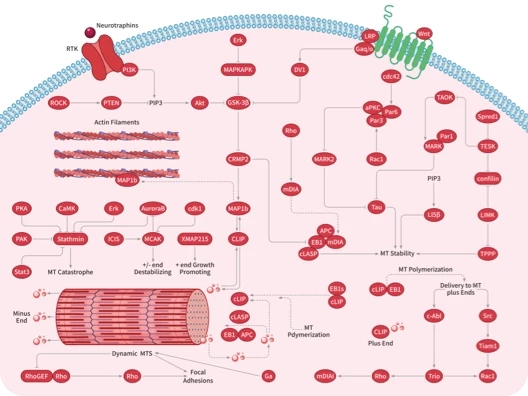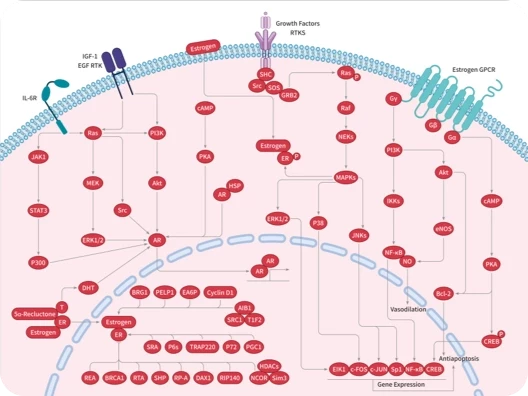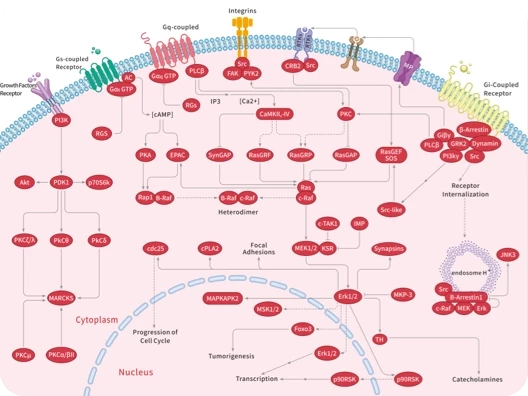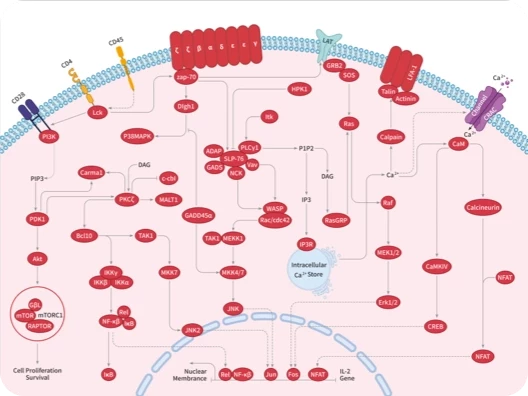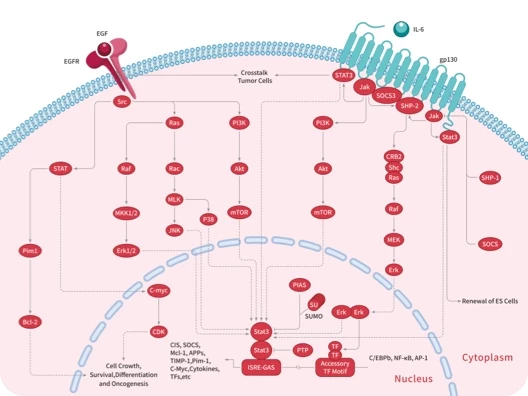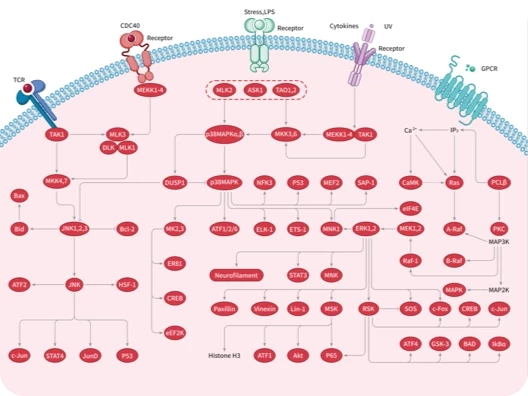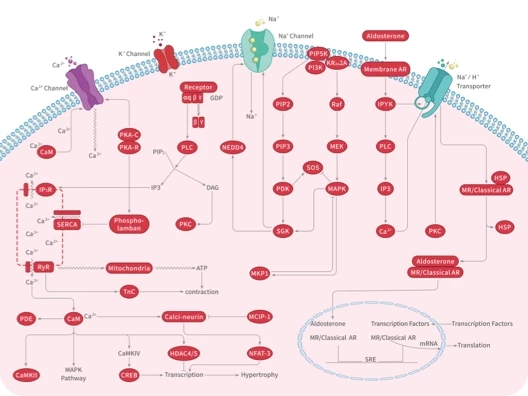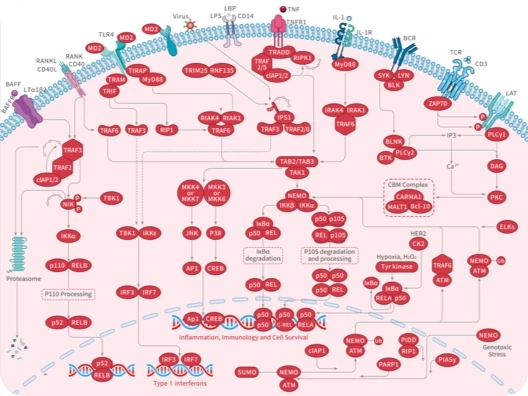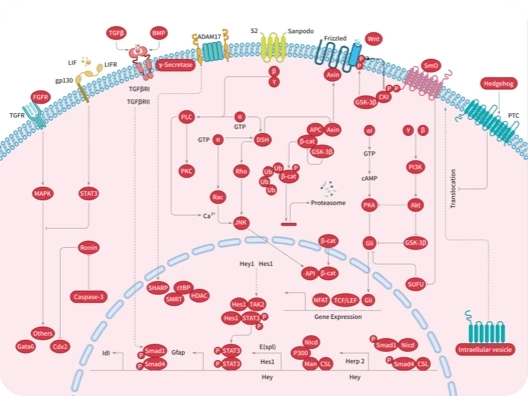- 全部删除
 您的购物车当前为空
您的购物车当前为空
购物车
Siglec-2/CD22 Protein, Human, Recombinant (hFc & Avi), Biotinylated
产品编号 TMPY-05598
Siglec-2/CD22 Protein, Human, Recombinant (hFc & Avi), Biotinylated is expressed in HEK293 mammalian cells with hFc and Avi tag. The predicted molecular weight is 103.7 kDa and the accession number is P20273-4.

Siglec-2/CD22 Protein, Human, Recombinant (hFc & Avi), Biotinylated
产品编号 TMPY-05598
Siglec-2/CD22 Protein, Human, Recombinant (hFc & Avi), Biotinylated is expressed in HEK293 mammalian cells with hFc and Avi tag. The predicted molecular weight is 103.7 kDa and the accession number is P20273-4.
| 规格 | 价格 | 库存 | 数量 |
|---|---|---|---|
| 20 μg | ¥ 2,940 | 5日内发货 | |
| 100 μg | ¥ 6,800 | 5日内发货 |
大包装 & 定制
加入购物车
TargetMol 的所有产品仅用作科学研究或药证申报,不能被用于人体,我们不向个人提供产品和服务。请您遵守承诺用途,不得违反法律法规规定用于任何其他用途。
资源下载
产品信息
| 生物活性 | Activity testing is in progress. It is theoretically active, but we cannot guarantee it. If you require protein activity, we recommend choosing the eukaryotic expression version first. |
| 产品描述 | Siglec-2/CD22 Protein, Human, Recombinant (hFc & Avi), Biotinylated is expressed in HEK293 mammalian cells with hFc and Avi tag. The predicted molecular weight is 103.7 kDa and the accession number is P20273-4. |
| 种属 | Human |
| 表达系统 | HEK293 Cells |
| 标签 | C-hFc-Avi |
| 蛋白编号 | P20273-4 |
| 别名 | SIGLEC-2,SIGLEC2,CD22 molecule |
| 蛋白构建 | A DNA sequence encoding the human CD22 (NP_001172029.1) (Met1-Arg687) was expressed with a C-terminal Fc region of human IgG1 tag followed by an AVI tag. The expressed protein was biotinylated in vivo by the Biotin-Protein ligase (BirA enzyme) which is co-expressed. Predicted N terminal: Asp 20 |
| 蛋白纯度 | > 90 % as determined by SDS-PAGE. |
| 分子量 | 103.7 kDa (predicted) |
| 内毒素 | < 1.0 EU/μg of the protein as determined by the LAL method. |
| 缓冲液 | Lyophilized from a solution filtered through a 0.22 μm filter, containing PBS, pH 7.4. Typically, a mixture containing 5% to 8% trehalose, mannitol, and 0.01% Tween 80 is incorporated as a protective agent before lyophilization. |
| 复溶方法 | A Certificate of Analysis (CoA) containing reconstitution instructions is included with the products. Please refer to the CoA for detailed information. |
| 存储 | It is recommended to store recombinant proteins at -20°C to -80°C for future use. Lyophilized powders can be stably stored for over 12 months, while liquid products can be stored for 6-12 months at -80°C. For reconstituted protein solutions, the solution can be stored at -20°C to -80°C for at least 3 months. Please avoid multiple freeze-thaw cycles and store products in aliquots. |
| 运输方式 | In general, Lyophilized powders are shipping with blue ice. |
| 研究背景 | CD22 is a member of the immunoglobulin superfamily, SIGLEC family of lectins. It is first expressed in the cytoplasm of pro-B and pre-B cells, and on the surface as B cells mature to become IgD+. CD22 serves as an adhesion receptor for sialic acid-bearing ligands expressed on erythrocytes and all leukocyte classes. In addition to its potential role as a mediator of intercellular interactions, signal transduction through CD22 can activate B cells and modulate antigen receptor signaling in vitro. The phenotype of CD22-deficient mice suggests that CD22 is primarily involved in the generation of mature B cells within the bone marrow, blood, and marginal zones of lymphoid tissues. CD22 recruits the tyrosine phosphatase Src homology 2 domain-containing phosphatase 1 (SHP-1) to immunoreceptor tyrosine-based inhibitory motifs (ITIMs) and inhibits B-cell receptor (BCR)-induced Ca2+ signaling on normal B cells. CD22 interacts specifically with ligands carrying alpha2-6-linked sialic acids. As an inhibitory coreceptor of the B-cell receptor (BCR), CD22 plays a critical role in establishing signalling thresholds for B-cell activation. Like other coreceptors, the ability of CD22 to modulate B-cell signalling is critically dependent upon its proximity to the BCR, and this in turn is governed by the binding of its extracellular domain to alpha2,6-linked sialic acid ligands. However, genetic studies in mice reveal that some CD22 functions are regulated by ligand binding, whereas other functions are ligand-independent and may only require expression of an intact CD22 cytoplasmic domain at the B-cell surface. CD19 regulates CD22 phosphorylation by augmenting Lyn kinase activity, while CD22 inhibits CD19 phosphorylation via SHP-1.Cancer ImmunotherapyImmune CheckpointImmunotherapyTargeted Therapy |
计算器
SCI 文献
技术支持
请阅读 重组蛋白用户指南 了解更多具体信息.



